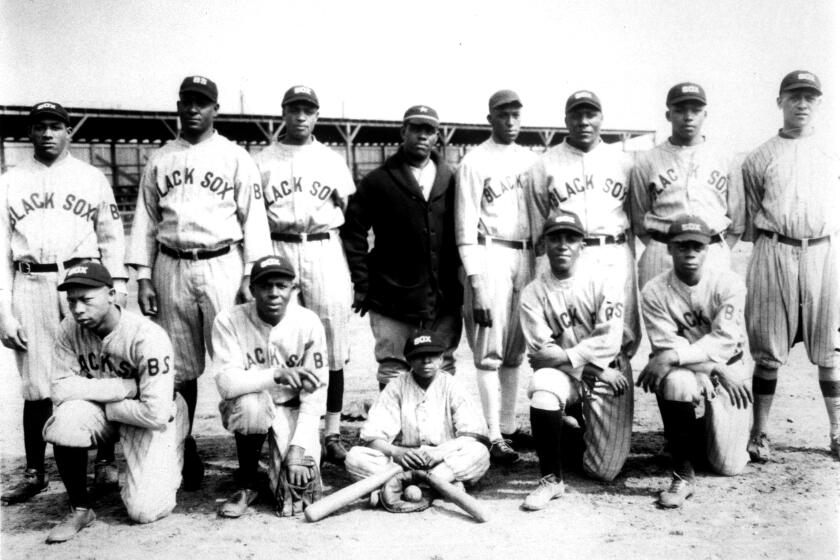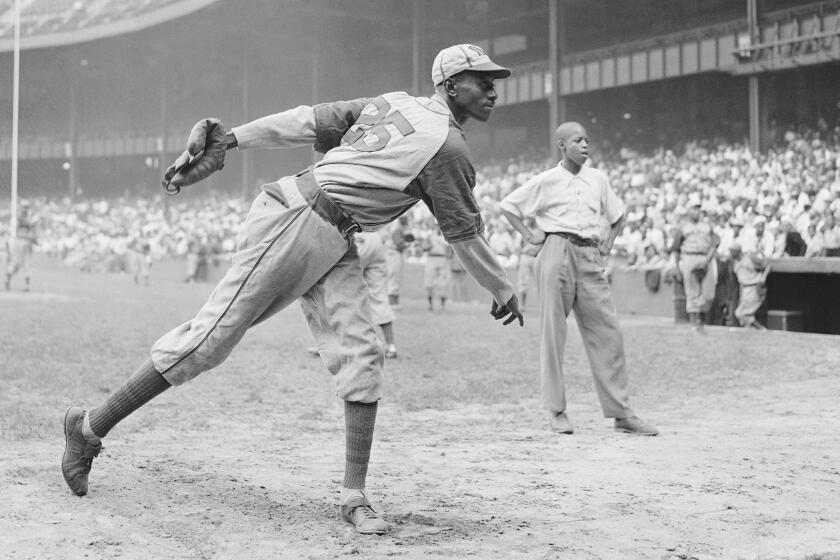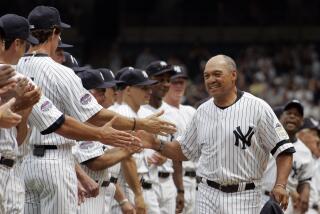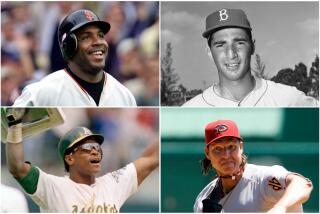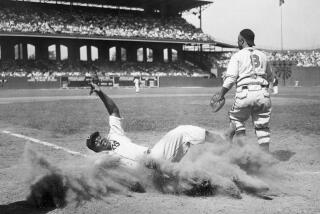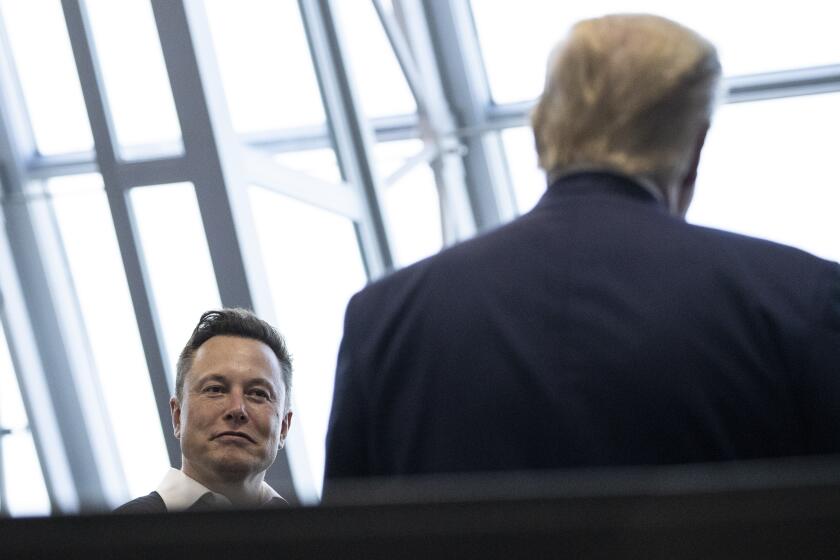Editorial: MLB finally embraces all of the major leagues. Including the Black ones
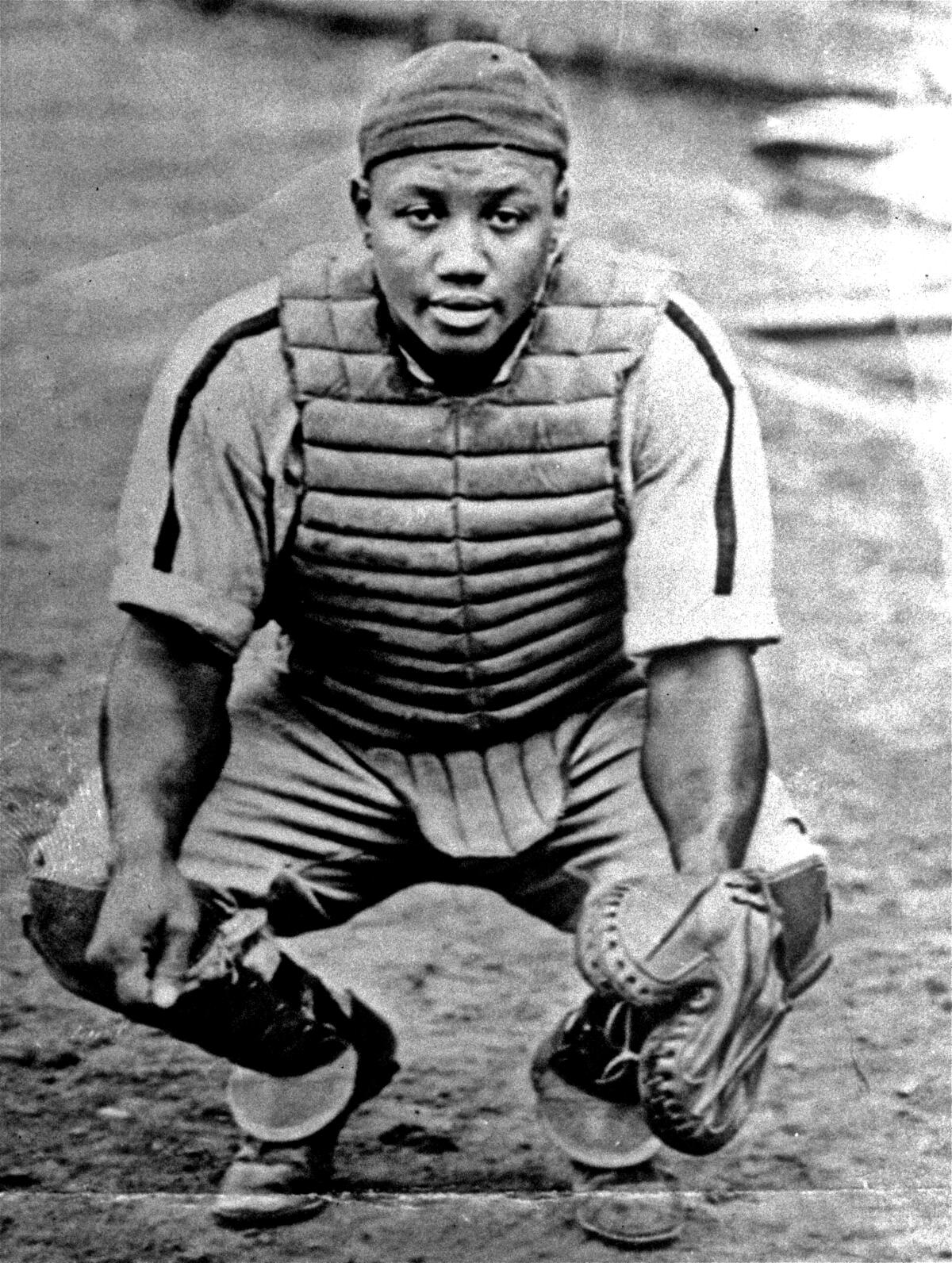
Who holds Major League Baseball’s record for the highest batting average in a single season?
It’s not Ted Williams, with his .406 average in 1941, the last time anyone topped .400. It’s not Ty Cobb, with his stunning .420 average in 1911, or even Nap Lajoie, whose .426 average in 1901 generally shows up in the books as the record for players since 1900. Nor is it Hugh Duffy, whose .440 in 1894 is tops if you dip into the 19th century.
It’s Josh Gibson, who hit .446 for the Homestead Grays in 1943.
Major League Baseball announces it will recognize the Negro Leagues as a major league, with their records and statistics becoming part of MLB history.
Gibson also holds the record for career batting average at .372. Generations of young fans were taught to believe the champion was Cobb, who batted a career .366.
The Grays were a Negro League team that played its home games in a small Pennsylvania town across the river from Pittsburgh, then moved to the bigger city and ultimately split its time between Pittsburgh and Washington, D.C. Gibson, a catcher, was a legendary player whose batting prowess was known beyond his league despite the racial segregation that kept him from playing against or alongside his white contemporaries.
After decades of denial about the exceptional performance of Black players before Jackie Robinson broke the color barrier in 1947, Major League Baseball agreed in 2020 that the seven major Negro Leagues were indeed major leagues, as much as the National League or the American League.
Reflecting on the 100th anniversary of immensely popular Negro League baseball is particularly instructive during this time of racial reckoning.
That year was considered the 100th anniversary of the Negro Leagues. The racial reckoning following the police murder of George Floyd probably played a role as well.
As of Wednesday, statistics from players in each of those leagues have been melded into the previously existing major league record books.
Lest anyone object that this incorporation of 3,400 previously unacknowledged players is ahistorical, or that players like Gibson never had to face American or National League pitching, let’s not forget that neither Cobb, Williams, Lajoie nor Babe Ruth ever had to face the greatest pitchers in the Negro Leagues. The white players had better salaries and fancier stadiums, but the fans at the Black games may well have been watching a higher quality of play. We can never truly know.
The move by MLB corrects a grievous error that has for too long subverted our proper understanding of our baseball heritage. It means that players like Gibson, who never got a chance to play in the National or American leagues, can be acknowledged for having played in the majors after all — and in fact dominated them.
The Negro Leagues Baseball Museum is a hit, as is the fabled Kansas City, Mo., jazz district in which it lies.
It means that great Black players like Willie Mays can be recognized for all of their on-field achievements in the Negro Leagues and during their careers in integrated baseball. It means that great white players like Williams and Ruth can finally be measured against all of the other greats rather than an artificially selected few.
The closest baseball ever came to having the best teams play each other came in the early years of the last century, when all-white and all-Black teams played each other in offseason exhibition games. But the National and American league clubs got shellacked by the Black teams so often that the embarrassed owners of white teams ended interleague play.
Now the numbers, at least, are integrated, and young fans who pore over statistics can see that there were once many major leagues, and many great athletes who played the all-American game of baseball, even before all Americans could play on the same field.
More to Read
A cure for the common opinion
Get thought-provoking perspectives with our weekly newsletter.
You may occasionally receive promotional content from the Los Angeles Times.
